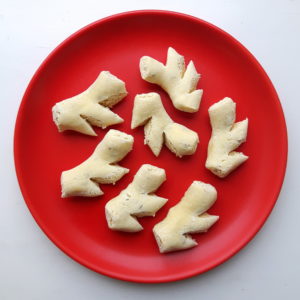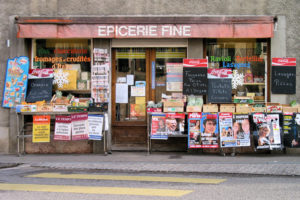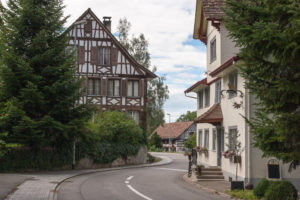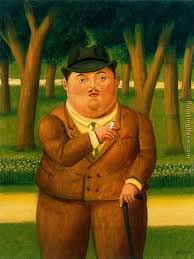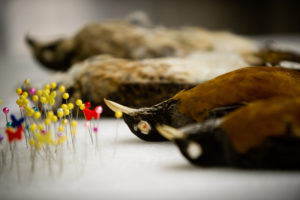In these turbulent and emotionally-charged pre-Christmas days, it is of utmost importance to remember to breathe, to take time out to relax, and to pay attention to your mental and physical welfare.
It is a well-known fact that just one Christmas cookie, one Christmas Newsletter or one eggnog too many can tip you seriously over the edge into a seasonal malady that we mental health professionals call Sage-Stuffing-Brain. To try to prevent this, take a minute to answer the following questions, and see just exactly where you stand in your relationship to the festive season.
So find a pen and try not to cheat. (Two points for every enthusiastic affirmative. One point for every reluctant affirmative. Zero points for a resounding negative.)
- Do you find yourself cooking or baking unwanted, unloved, festive items (such as gingerbread houses, Brussel sprouts, Christmas pudding, sweetbreads, Badener Kräbeli, or a big raw 15kg turkey)? (Give yourself a bonus point if you have baked at least FIVE different sorts of Christmas cookies.)
- Has a mother, mother-in-law, spinster aunt (or any other unusual person) recently taken up residence in your house? (Bonus point if you and the Christmas guest do not share a common language.)
- Has perfumed Christmas toilet paper become a feature in your bathroom? (Bonus point if it is printed in brown (reindeers) and red (reindeers’ noses.))
- Do you think you have already gained several pre-Christmas kilos due to lack of exercise because of the continuing rainy weather and/or consuming too many Christmas cookies, chocolates, cheese fondues, etc. (Bonus point if you believe this not to have been your fault.)
- Are you, or is someone in your household sick? This can include flu, colds, sore throats, stomach bug, general malaise etc. (Take a point off if you have NOT had your flu shot.)
- Have the children or grandchildren been acting up? Signs here include attention-getting devices such as leaving partners, leaving jobs, losing earrings, refusing the leave the house. (A two-point bonus if a child has punched his best friend on the nose in the last couple of days.)
- Have you run away from home, and does this message find you on a cruise in the Caribbean celebrating Christmas with 6,000 perfect strangers? (Minus a point if you are tipsy as you read this.)
- When the low sun occasionally shines does it reveal shockingly filthy windows? (A bonus point each for a muddy paw-mark or sneeze spray.)
- Are you struggling with gift-induced mental health issues such as guilt, remorse, fear, etc.? Have you collected too many gifts, too few gifts, all the wrong gifts for your loved ones? (Give yourself a bonus point if you have bought, wrapped, and labelled a gift to yourself.)
- Do you have a Christmas tree? (Give yourself a bonus point if you still have chocolate decorations hanging on it.)
Good Luck with all of this, and Merry Christmas!
